How to tastefully conceal a dryer vent
bostonoak
9 years ago
Featured Answer
Comments (25)
Annie Deighnaugh
9 years agoOlychick
9 years agoRelated Professionals
Bel Air North Interior Designers & Decorators · Washington Interior Designers & Decorators · Nashville Furniture & Accessories · Rock Hill Furniture & Accessories · San Diego Furniture & Accessories · St. Louis Furniture & Accessories · Rancho Santa Margarita Furniture & Accessories · Carson Furniture & Accessories · Glendale Lighting · Palm Desert Lighting · Venice Lighting · Boston Window Treatments · East Setauket Window Treatments · Edmond Window Treatments · Phoenix Window Treatmentsbbstx
9 years agobpath
9 years agoClaire Buoyant
9 years agoUser
9 years agostolenidentity
9 years agoOlychick
9 years agolee676
9 years agokudzu9
9 years agoLynnNM
9 years agocyn427 (z. 7, N. VA)
9 years agobbstx
9 years agosloedjinn
9 years agocyn427 (z. 7, N. VA)
9 years agoerinsean
9 years agovedazu
9 years agolee676
9 years agoVith
9 years agoravencajun Zone 8b TX
9 years agolee676
9 years agoVith
9 years agomjlb
9 years agoOlychick
9 years ago
Related Stories
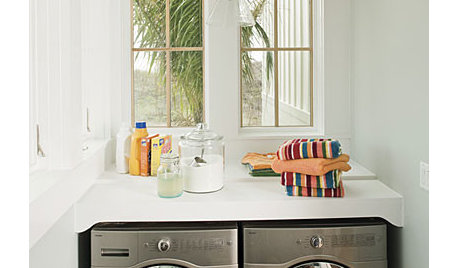
LAUNDRY ROOMSLaundry Makes a Clean Break With Its Own Room
Laundry rooms are often a luxury nowadays, but a washer-dryer nook in a kitchen, office or hallway will help you sort things out
Full Story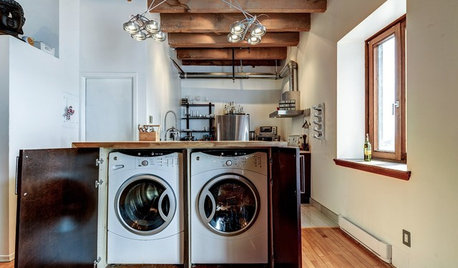
LAUNDRY ROOMSA Kitchen Laundry Cabinet Full of Surprises
A little DIY spirit allowed this homeowner to add a washer, dryer, kitchen countertop and dining table all in one
Full Story
REMODELING GUIDESContractor Tips: Advice for Laundry Room Design
Thinking ahead when installing or moving a washer and dryer can prevent frustration and damage down the road
Full Story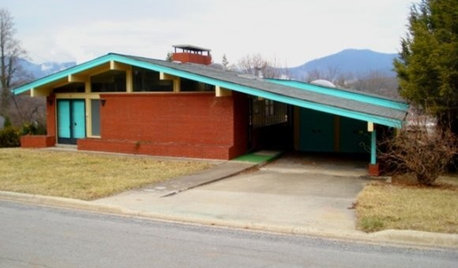
LIFEHouzz Call: Show Us the House You Grew Up In
Share a photo and story about your childhood home. Does it influence your design tastes today?
Full Story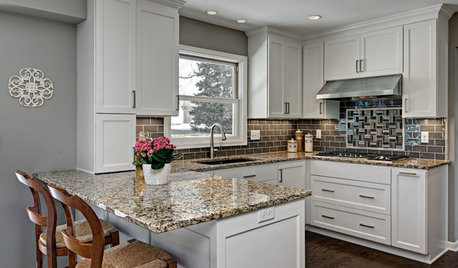
BEFORE AND AFTERSSmall Kitchen Gets a Fresher Look and Better Function
A Minnesota family’s kitchen goes from dark and cramped to bright and warm, with good flow and lots of storage
Full Story
MOST POPULAR5 Ways to Hide That Big Air Conditioner in Your Yard
Don’t sweat that boxy A/C unit. Here’s how to place it out of sight and out of mind
Full Story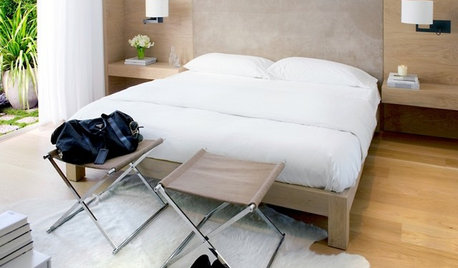
BEDROOMSDesign It Like a Man: Tips for Single Guys Planning a Bedroom
What guys should consider — aside from the Xbox — to design a bedroom that's comfortable, stylish and accommodating
Full Story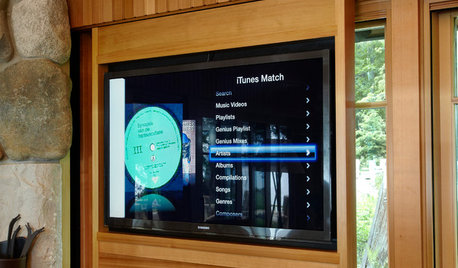
HOME TECHNew Strategies for Hiding the TV
Its easy to be discreet when you've got cabinets, panels and high-tech TV hiders like these
Full Story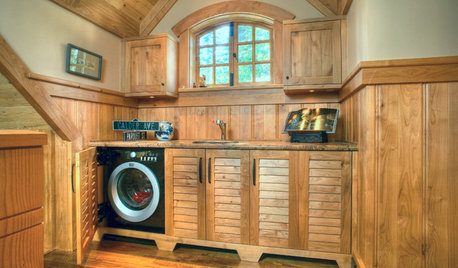
LAUNDRY ROOMSClever Ways to Hide a Laundry Station
When you don’t have a whole room to devote to the wash, use these solutions to tuck the machines out of view
Full Story
DECORATING GUIDES10 Ways to Hide That Air Conditioner
Feeling boxed in designing around your mini-split air conditioner? Try one of these clever disguises and distractions
Full Story





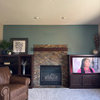
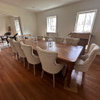


palimpsest